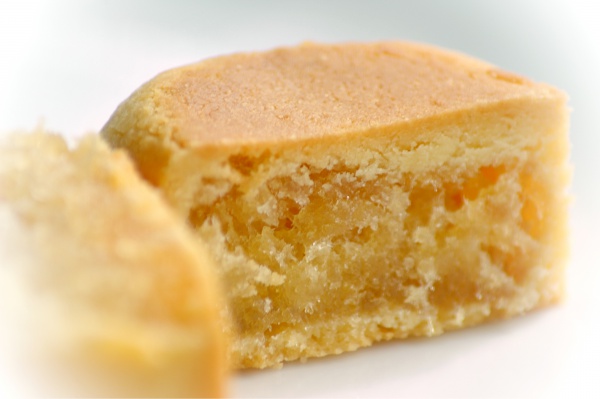Facts About Pineapple cake
Pineapple cake is a cherished traditional Taiwanese pastry, made from a delightful blend of butter, flour, eggs, sugar, and pineapple jam or slices. Its origins can be traced back to the Japanese colonial period in Taiwan, during which pineapples became a significant economic crop. Initially cultivated primarily for export, the surplus provided local bakers with the inspiration to create these delectable cakes. Over time, bolstered by government promotions and the impacts of globalization, pineapple cakes have evolved into one of Taiwan's most prized souvenirs.
In 2005, the Taipei City Government inaugurated the Taipei Pineapple Cake Cultural Festival to attract tourists and stimulate the sales of these delicious treats. By 2013, pineapple cake businesses in Taiwan had generated an impressive revenue of NT$40 billion, substantially benefiting rural agricultural communities. Interestingly, in Taiwanese Hokkien, the word for "pineapple" sounds similar to a phrase meaning "prosperous and thriving" thus rendering these cakes symbols of good fortune and aspirations for a flourishing family. Consequently, pineapple cakes are often exchanged as engagement gifts or tokens of best wishes.
There are many variations of pineapple cakes, with some featuring fillings such as preserved egg yolks, cranberries, strawberries, or winter melon. Initially, winter melon was incorporated to balance the tartness of the pineapple, but today its presence might be perceived as a marker of lower quality. The Taipei Pineapple Cake Cultural Festival also showcases innovative versions of these cakes, occasionally featuring unique ingredients like rice or Taiwanese tea.
Today, the pineapple cake represents more than just a pastry; it embodies the rich culture and heritage of Taiwan.
